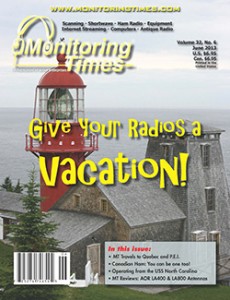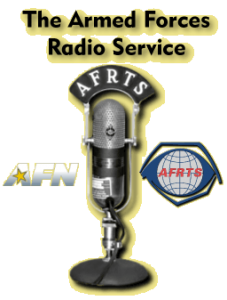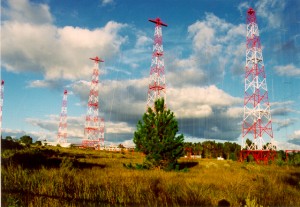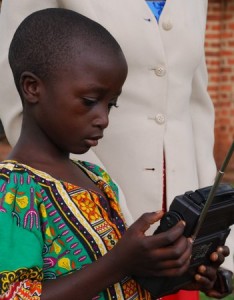Thanks, David, for sharing a link to this brilliant article on the history and future of WWVB:
(Source: Wired)
Every night, while millions of Americans are fast asleep, clocks and wristwatches across the country wake up and lock on to a radio signal beamed from the base of the Rocky Mountains. The signal contains a message that keeps the devices on time, helping to make sure their owners keep to their schedules and aren’t late for work the next day.
The broadcast comes from WWVB, a station run by the National Institute for Standards and Technology. WWVB marks half a century as the nation’s official time broadcaster on July 5. Together with its sister station, WWV, which is about to hit 90 years in service, NIST radio has been an invisible piece of American infrastructure that has advanced industries from entertainment to telecommunications. (WWV’s broadcast includes a wider range of information, including maritime weather warnings and solar storm alerts).
Most people aren’t even aware that these stations exist, but they have a rich and fascinating history. Their future is uncertain, however, as newer technologies threaten to make them obsolete.
[…]WWV began broadcasting reference frequencies for signal calibration using equipment not that different from the chunk of quartz in a modern wristwatch. These days, though, a bit of quantum physics keeps the nation’s signals in sync. Cesium-133 atoms within the NIST-F1 atomic clock oscillate a frantic 9,192,631,770 times per second, acting like the pendulum of a grandfather clock. By tuning into that oscillation, NIST defines the basic unit of time, and by extension, frequency. Over the years, the reference frequencies have been so finely calibrated that they are accurate to beyond a single cycle in a trillion.
[…]WWVB’s value might have a lot to do with the type of signal it broadcasts and its location. While most commercial radio waves measure only a few meters between peaks, WWVB’s low frequency signal results in a whopping five kilometer wavelength. These long-wavelength signals can reach around the curvature of the planet by clinging to the semi-conductive surface of the Earth. On a clear night, a radio-controlled watch can pick up WWVB’s 60 kHz signal as far away as Patagonia or New Zealand.[…]

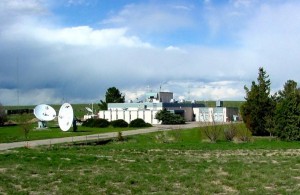
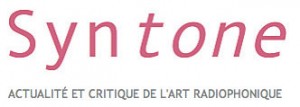
 Yesterday, I had two reminders of how important shortwave radio is in China.
Yesterday, I had two reminders of how important shortwave radio is in China.